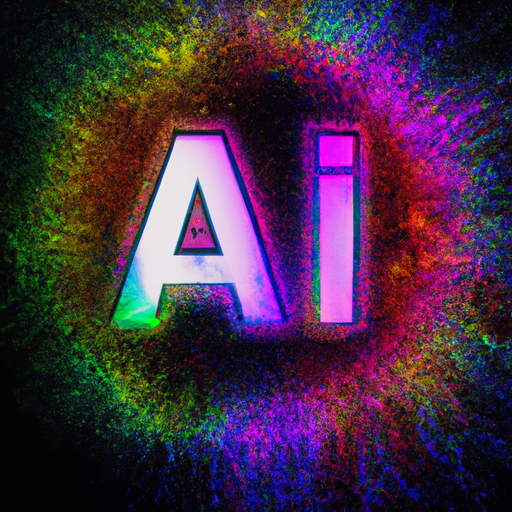Understanding JPEG in the Context of Artificial Intelligence
Introduction
In today's digital age, the integration of Artificial Intelligence (AI) has become increasingly prevalent across various industries. One essential aspect of AI is the ability to analyze and process images. To accomplish this, it is crucial to have a basic understanding of JPEG, which is the most widely used image format.

What is JPEG?
JPEG (Joint Photographic Experts Group) is a commonly used image compression format that reduces the file size of images without compromising their visual quality significantly. This format is especially popular for images captured by digital cameras and shared over the internet. The JPEG format is based on lossy compression, meaning that some information is discarded during the compression process to achieve smaller file sizes.
How Does JPEG Compression Work?
JPEG compression employs various techniques to reduce the file size of an image. Let's take a look at the most notable steps involved in the compression process:
- Color Space Conversion: During the compression process, the image is converted from the RGB color space to the YCbCr color space. The Y component represents the brightness information, while the Cb and Cr components represent the color information.
- Sampling: Since the human visual system is more sensitive to brightness than color, JPEG reduces the color resolution by subsampling the Cb and Cr components. This process reduces the file size without significantly affecting the perceived visual quality.
- Transform Coding: JPEG uses Discrete Cosine Transform (DCT) to transform the image data from the spatial domain to the frequency domain. This transformation allows the compression algorithm to separate the low-frequency components, which represent the overall image structure, from the high-frequency components, which represent the fine details.
- Quantization: In this step, the transformed coefficients are divided by quantization tables. These tables help determine the amount of detail that will be retained or discarded during compression. Higher compression ratios result in more significant loss of detail.
- Huffman Encoding: Finally, the quantized coefficients are encoded using Huffman encoding, a variable-length coding technique that assigns shorter codes to frequently occurring values and longer codes to less common ones. This encoding method further reduces the file size.
JPEG Compression and AI
Now, let's explore how JPEG compression relates to AI in terms of both benefits and considerations for business owners:
- Reduced Storage Requirements: JPEG compression significantly reduces the file size of images, allowing businesses to store a large number of images without requiring extensive storage capabilities. This is particularly crucial for AI applications that deal with image data, such as computer vision and machine learning algorithms.
- Faster Image Processing: Smaller JPEG files are quicker to load and process, resulting in improved performance for AI-based applications that rely on image analysis. This can be especially important for real-time applications like object detection and facial recognition.
- Trade-Off between Compression and Image Quality: While JPEG compression provides an effective method for reducing file sizes, it is important to consider that it is a lossy compression format. This means that there is some loss of image quality. For certain AI applications in fields like medical imaging or satellite imagery analysis, preserving high-quality images might be crucial for accurate analysis and decision-making. In these cases, lossless image formats, such as PNG or TIFF, may be more suitable.
- Consider the Target Application: Before applying JPEG compression to your image data, it is essential to consider the specific requirements and constraints of your AI application. Factors like the required image quality, processing speed, and available storage capacity should all be taken into account to determine the optimal trade-off between compression and image fidelity.
Conclusion
In conclusion, a basic understanding of the JPEG image format is beneficial for business owners involved in AI applications. JPEG compression plays a vital role in reducing storage requirements and improving image processing speed, but it is essential to consider the potential trade-off between compression and image quality based on the target application. By considering these factors, business owners can make informed decisions about using JPEG compression effectively in their AI workflows.